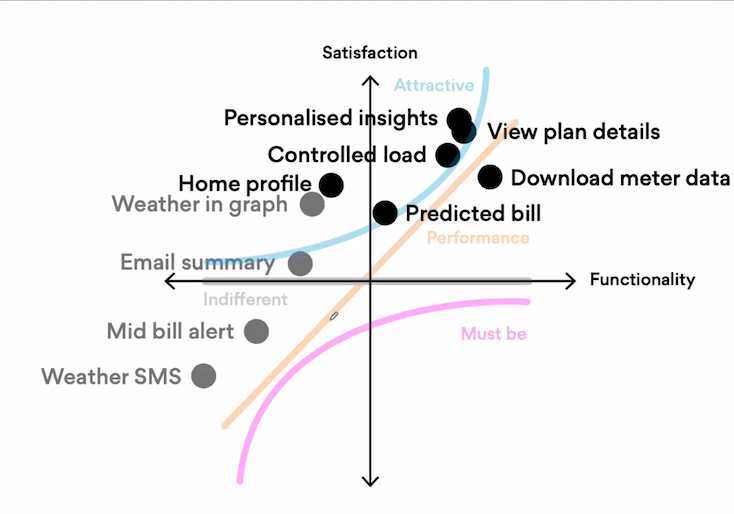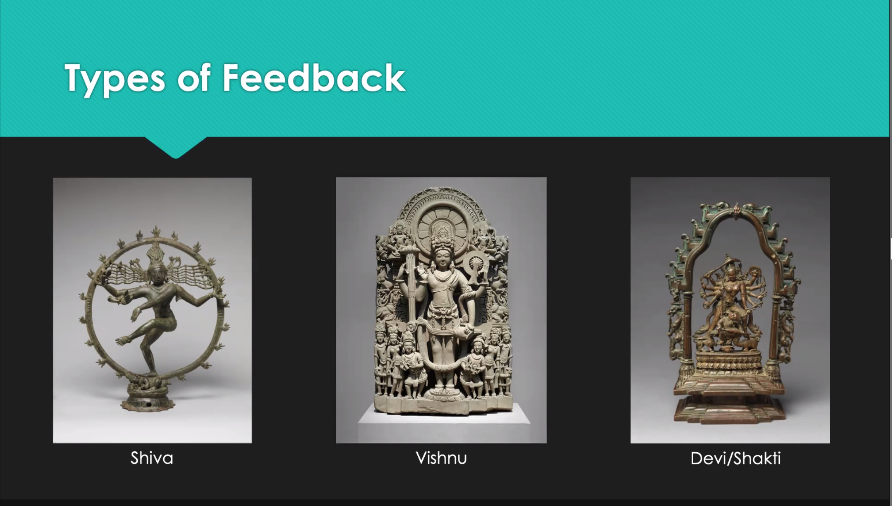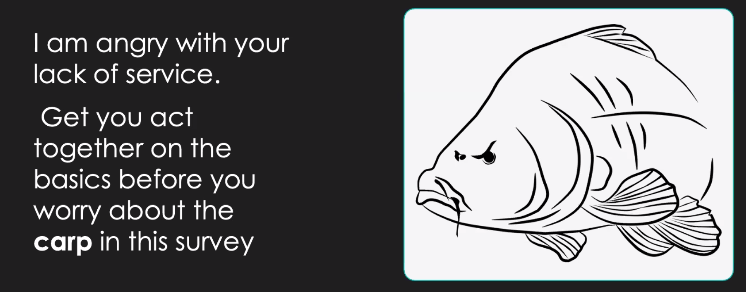We can always benefit from getting closer to our customers. But how should we go about it? In July, Dipa Rao shared some stories from the trenches, and some practical advice to help us navigate our way through.
When do we need customer feedback?
Always! We should get customer feedback as often as possible. And at different stages of the product life-cycle.
- Understanding the problem space: What are the problems our customers are trying to solve? What are their current solutions and alternatives? What are the gaps?
- Validating solutions or ideas: What is attracting new customers, and is there information or data that they want to carry forward? Or perhaps designing a mockup to gauge interest, before completely building out new functionality.
- Prioritisation: We often have ideas from many different sources, such as from our call centre and frontline colleagues, management or even directly from our customers. But where should we start? Surveying our customers to rank importance can be beneficial, to ensure we direct our limited and precious resources in the right places.

- Any change, big or small: Depending on the size of the change, we can employ different techniques to gather feedback, from limited betas to feedback forms post launch.
How to get feedback?
When designing a method to gather feedback, there is no perfect solution. Depending on our skill sets and resources, this could end up looking different for each of us. Net Promoter Score (NPS) could be a good start. However, it is not specific by design, so it may not entirely meet our needs.
Whether we decide to use email, or create an in context web/app form, or even instrumenting a survey with google analytics, try to make it:
- Easy;
- Have minimal set up; and
- Repeatable
How to prepare?
Expectations: Letting both our internal and external stakeholders know what to anticipate will often make our lives easier.
External customers – Why are you asking me? When will I hear back? Will I hear back? What are alternative paths for support?
Internal customers – Awareness of our activities for support (if needed). Sharing feedback and insights, some which may be distressed feedback.
Analysis: Ensure there is time and capacity to analyse feedback, before trying to get it. If not, don’t bother getting it and wasting our customers’ time. We may also need to mash data together from different systems, so finding an easy and/or repeatable process will be important.
Bureaucrazy! Never underestimate the amount of bureaucracy that may exist in large corporations. From setting up a shared email address, standing up a new platform, covering the legal and privacy aspects of engaging with customers, or ensuring our proposition is aligned to our marketing and brand guidelines. All of these things can take time. 🙁
Types of feedback

When the feedback starts rolling in, it can come in different shapes and sizes. So it can be useful to categorise the feedback, and to learn when to take it with a grain of salt.
Shiva (the destroyer): This feedback can be brutal and destroy imperfections. But don’t take it to heart, as this may be more indicative of a lack of loyalty or trust for our overall product, brand or company. Remove the emotion, and take the feedback for what it is. Feedback from Shiva can impact our morale (or our teams), so take in small doses.
Vishnu (the preserver): Feedback from Vishnu is generally pragmatic and more balanced, and can encourage us to keep going. We’re on the right track.
Devi/Shakti (the creator): We can consider Devi as expert or superusers, who will give detailed feedback, and potentially challenge our thinking or approach. A great way to foster new ideas and allow them to grow.
And then there are ‘other’ types of feedback.


Got feedback, now what?
Once we have feedback, we should analyse and share the insights. Feed the other parts of the business. Construct a shared understanding. The feedback can also help motivate our teams. And where possible, we can also respond, to open a dialogue, so that we can build empathy with our customers, to allow us to build better products.
Thank you
A big thank you to Dipa Rao, our volunteers Gwen and Nosh, and to our generous host and Zoom sponsor, A Cloud Guru – they’re on a mission to teach the world to cloud.
Resources and Slides
You can find Dipa on LinkedIn and Twitter.
Some of the resources mentioned during this session included:
